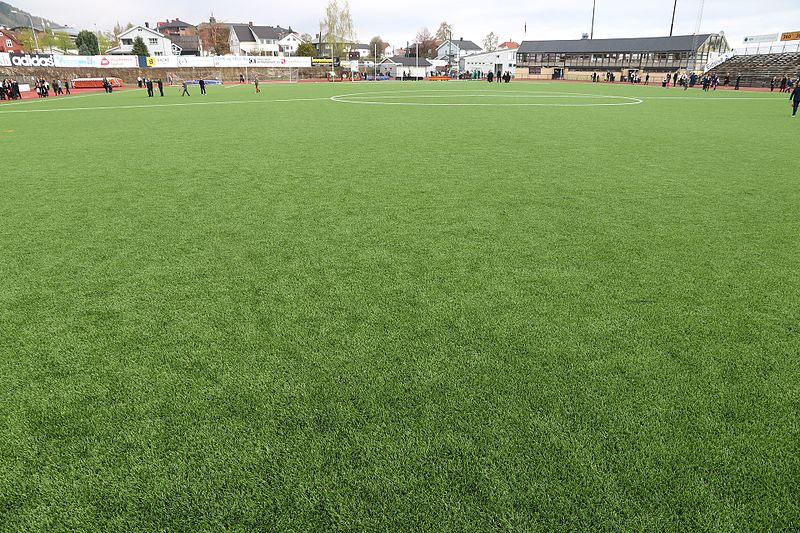With each passing year, artificial grass gains more traction and popularity in the UK. Once seen as an inferior substitute to real grass, the material has since won over home-owners and sports facility managers with its versatility, resilience, and minimal need for maintenance.
Even still, all these qualities will only be appreciable in full if the artificial grass is properly installed – and for that to happen, it is necessary that the right conditions are create with the proper preparation. A roll of artificial turf laid out over unsuitable ground will not be smooth, pristine and ready for use, but rather lumpy, uneven, ugly and even potentially dangerous.
This is why it is important that, when purchasing a roll of artificial grass and opting for a DIY installation, buyers should be aware of what requirements must be met when installing the material; and a good first step towards this objective is understanding what kinds of materials are best suited for serving as a base layer for the turf.

However, whilst understanding the materials involved and how they support the artificial grass is a step towards correct installation, there are many mistakes that are easy to make (from choosing the right material, to levelling and to material preparation), so we would advise trusting professionals such as ourselves (or our friends Oakview Grass Northampton, a short jump up the M1) to do the final fitting. If you hire our artificial grass service we will also supply the grass for you, saving you time and energy sourcing your materials.
Like many landscaping features, artificial grass requires an underlay upon which to sit, and this layer must possess a series of characteristics to ensure optimal performance for the turf. As such, not just any material will do; rather, certain materials are unsuitable for this purpose, while others exhibit certain characteristics which make them particularly good for the job. Here we will go through a list of a few of the best materials that we use when completing an artificial grass installation.
Tarmac
Tarmac is perhaps the best material to use as a base for an artificial grass foundation, due to its porous nature. Base layers should, if possible, be porous, to ensure good drainage and avoid the need to install additional irrigation measures underneath the turf carpet. Tarmac stands out for this particularity, while at the same time being firm enough to maintain structure over time without eroding or otherwise coming apart. This, in turn, ensures the artificial carpet remains even, and that no lumps or recesses form as a result of the base layer eroding or becoming damaged.
That’s why we go with tarmac as the material of choice for the base layer over which their artificial grass carpet will be set but if this cannot be done, the two other options below might also be suitable, depending on the terrain.

Asphalt
Asphalt is another good material to use when making an underlying layer for an artificial grass carpet. While not as porous as tarmac, this material does boast the necessary firmness and consistency to make a good base for the turf and ensure it remains evenly smooth for an extended period. In the absence of tarmac, asphalt is, therefore, a suitable replacement to use.
Concrete
Finally, concrete can also make for a good base for a turf carpet, as it is perhaps the hardest of the three materials detailed in this article. However, it is also the least well-suited for the purpose at hand, as unlike tarmac or asphalt, it does require some extra attention on the part of the installer.
It is necessary, for instance, to ensure none of the hard edges and corners concrete is often characterized with jut out from underneath, or especially through, the artificial grass carpet. Concrete sub-layers should also be sanded down or fitted with a shock pad, to soften their hardness, which may otherwise prove uncomfortable for those using the turf.
We hope this outline of the materials used explains more about the installation of artificial grass, but of course if you have any further questions, do just get in touch with our landscaping team or check out our artificial grass installation page here.
